In recent years, digital twins have been seen to be the answer to many of the energy industries challenges. In this article, we delve into the roots of this concept with Mike Stewart and Jared Owen from Sword, as they uncover why it is now the opportune moment for digital twins to unleash their full potential and evolve, if done the right way.
The Energy industry’s digitalisation continues to drive innovation and collaboration across domains and disciplines. This plays a vital role, helping companies maximise the value of their data, improving technical decision making whilst decreasing commercial and safety uncertainty. As our customers digitalise processes and generate increasing amounts of digital data across their assets, the challenge becomes one of unification – providing flexible access to federated data wherever it sits, in a robust model that can pivot to meet a diverse range of industry use cases.
A contextualised, liberated and pivotable Master Data Model (MDM) is a great real-world example of that principle: supporting engineering workflows with a trusted foundation, providing a leverageable data set for modern analysis techniques, and aiding regulatory compliance. The success of a digital twin relies on its adoption across a business, evolving how its maintained, upgraded, and decommissioned. Investment in the foundational building blocks, in the underlying data governance, is crucial to the long-term viability aligned to proper ownership and maintenance.
Our industry is and has always been driven by innovative engineering, we operate our entire infrastructure around it. In today’s world engineering needs to evolve to the next level but retain the fundamental principles and value it has unlocked for us.
We have moved from original drawings and diagrams to computer aided design (CAD) and 3D modelling and now to a digital twin representation of a physical asset. But what do we gain with this evolution? We still strive to design, build, and deliver complex engineering solutions and make decisions that are underpinned by data. Does technology make this better?
Today’s digital engineering allows us to make decisions on decades of design and learning made accessible through modern technology accessing relevant and liberated data.
Digital engineering, wait, what happened to the Twin?
The ability to visualise and analyse data-driven content is increasingly directed by the environment around us becoming ‘smart.’ This brings near limitless options when it comes to deciding how best we apply digital engineering to improve processes.
Sword defines digital engineering as ‘the ability to digitally replicate and manage an engineering environment through the use of digital applications and a single source of truth.’ Starting from those original drawings through to the latest 3D visualisation, engineers are looking to use increasingly advanced technologies to capture data, analyse, manipulate and then design and/or manage solutions in a digital engineering environment.
To achieve the ambition of a digital representation of a physical asset such as a ‘digital twin’, we need the right building blocks in place to reference and represent how the asset or infrastructure was initially constructed and maintained, from the initial equipment lists to past and ongoing modifications. This means you need to be confident you have the right information for your entire data stack prior to asset digitalisation.
The heart of Digital Engineering
Sword focuses on the discovery and integration of all relevant data sources to first build a Master Data Model (MDM) as the single source of truth that can be accessed and interrogated by multiple users with differing needs. Our approach to building an MDM aligns with industry best practice to ensure an entire asset is captured and structured in a way they can be represented digitally.
Maturing from the teenage years
A key benefit of the MDM build is the flexible approach we have taken to client data models. Instead of requiring data to be fully exported and only consumed within our application databases like other industry solutions, we use a connected interface allowing clients to retain ownership of the master database while still benefitting from visualising that same data in our applications. This reassures customers who are becoming increasingly aware of data governance and don’t want to be locked-in to a single software provider. In addition to the MDM, Sword have designed and delivered modular digital engineering applications accessed via our Sword Digital Engineering Platform that work with the MDM to maximise the interface and interaction of the asset data to facilitate and aid data-driven decisions. This empowers engineers to model, capture and manage information in a single accessible form, so they can use it to deliver projects, manage operations and drive industrial transformation.
Our Sword Digital Engineering suite of applications are configurable to multiple user groups, ensuring that the right users access the right tools to maximise production and minimise cost of use which differs to alternative tools that contain advanced functionality and features not required . This provides an element of cost agility other competitors in the market are unable to offer.
Our industry’s drive for innovation and collaboration in a changing environment is exciting. The benefits to a digital representation of both offshore and onshore infrastructure can unlock vast potential to make better decisions, maximise safety, increase efficiency and extend the life of the basin. The holy grail of a Digital Twin lies at our feet. It could however be just another half-hearted digital gimmick unless we focus on trusted and accessible data first, and then make the solution flexible and fit for purpose.
